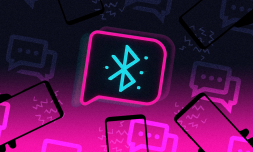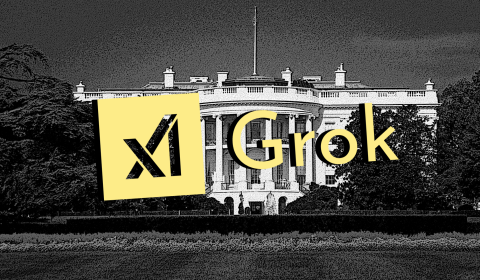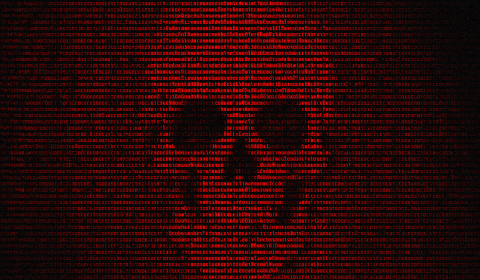ChatGPT Plus subscribers can now utilise OpenAI’s flagship generative AI to create custom programs. Mere days into launch, the results are incredibly impressive.
Having gone from strength to strength since its inception, ChatGPT has taken arguably its greatest step forward this week by leveraging the boundless creativity of its users.
OpenAI’s first developer conference in San Francisco revealed that ChatGPT already boasts 100 million weekly users, while over 2 million developers – including most of the Fortune 500 companies – are currently building on the company’s API.
Simultaneously, new uses for ChatGPT are springing up by the hour courtesy of what OpenAI is calling ‘GPTs’ and the ingenuity of roughly 200,000 paying subscribers.
While generative AI to this point has largely been controlled by the tech’s proprietors, a new hands-off approach, not unlike Apple’s 2009 pivot to the App Store, will allow people to develop completely original programs on the fly, distribute them, and potentially make a buck in the process.
‘Since launching ChatGPT, people have been asking for ways to customize ChatGPT to fit specific ways that they use it,’ OpenAI said in a statement shared with The Verge. After holding all the cards for a year, GPTs is OpenAI finally showing its hand in that regard.
Madness, @sama builds a custom GPT using private knowledge in just under 4 minutes.
Then he goes on to share it.
There will be millions of GPTs. pic.twitter.com/EQb7U75TbL
— Linus (●ᴗ●) (@LinusEkenstam) November 6, 2023
During the conference, CEO Sam Altman demoed the technology by creating a personalised ‘start-up mentor’ using the GPT builder in around four minutes.
A handful of conversational prompts and an uploaded lecture transcript were all that was required for the AI to start offering tailored, concise advice based on a user’s specific queries. Neat, eh?
Though Altman’s demeanour appeared casual and his prompts off-the-cuff, he shrewdly (and deliberately) highlighted how simple it could be for businesses to create an interactive company handbook on GPT and cut through potentially years of admin.




















